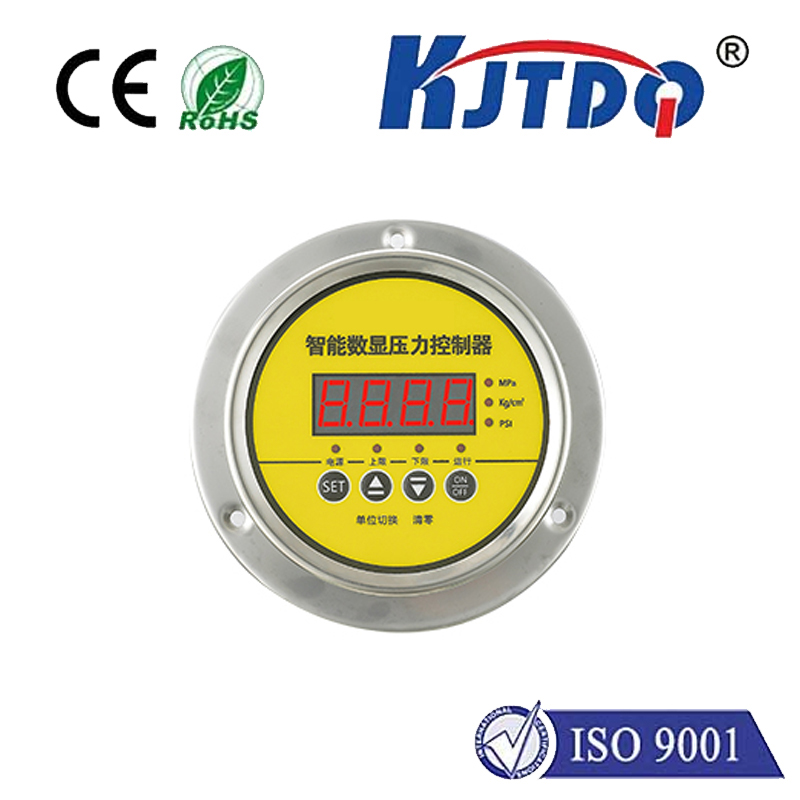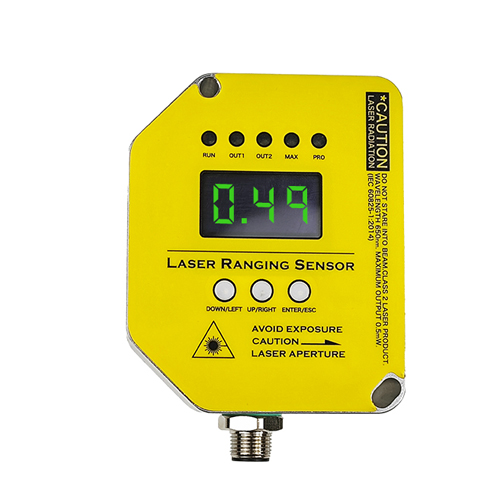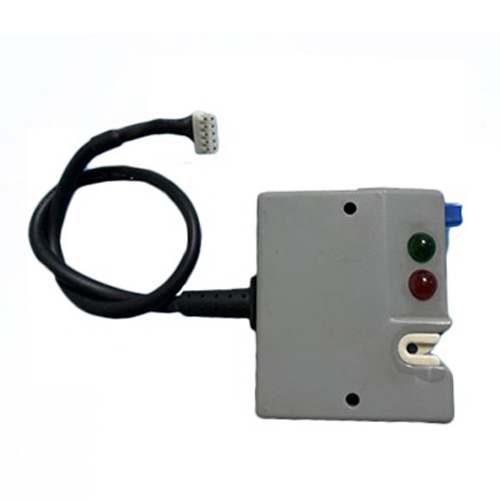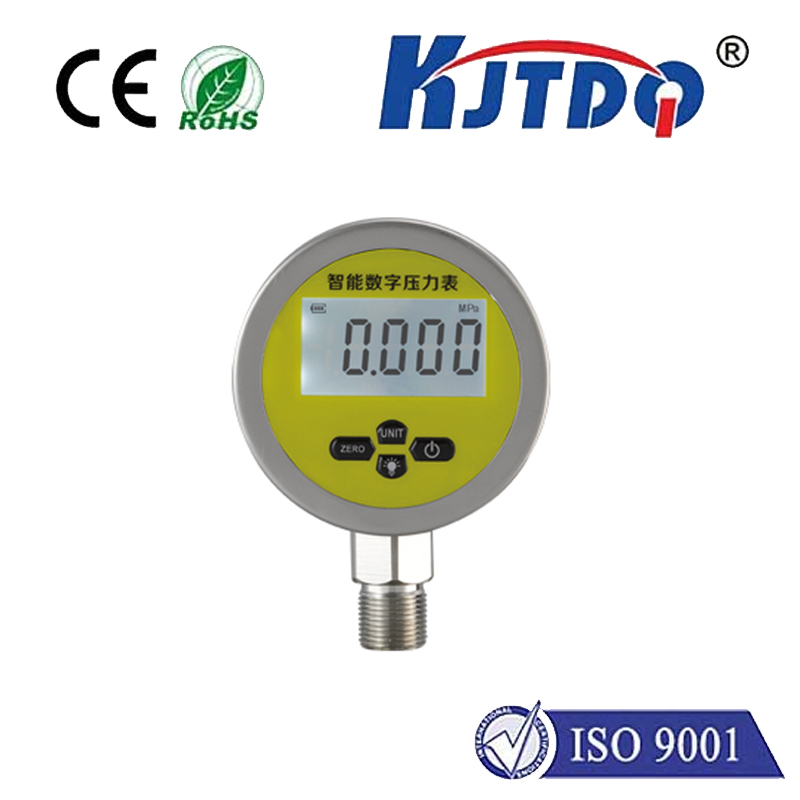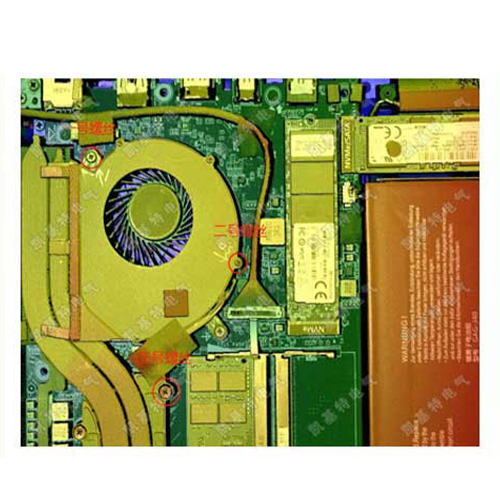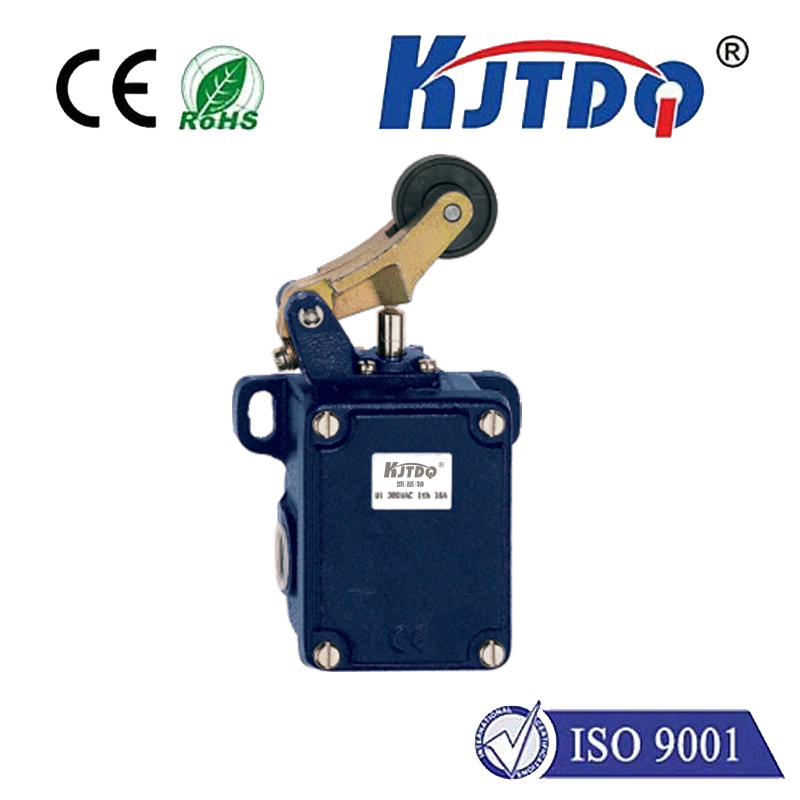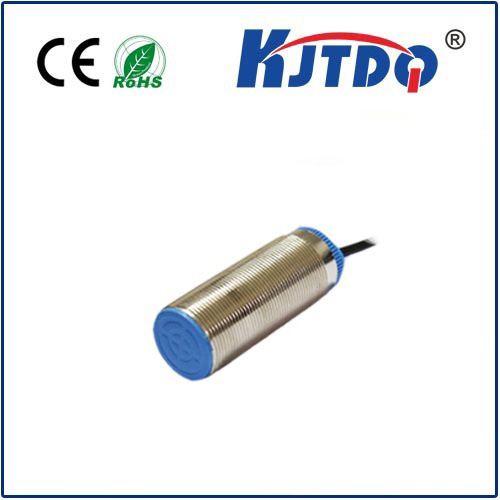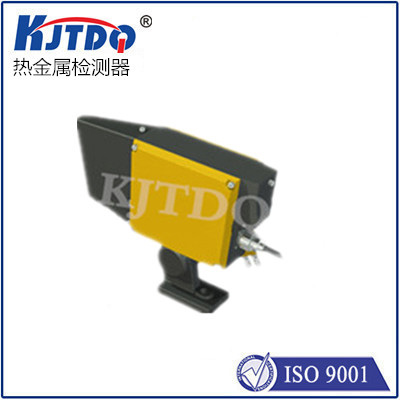

check

check

check

check
Front Radar Sensor: Enhancing Safety and Efficiency in Modern Vehicles
The front radar sensor is a critical component in modern automotive technology, playing a vital role in ensuring driver safety and vehicle performance. As vehicles become more advanced, the integration of radar systems has become increasingly sophisticated, with the front radar sensor serving as a key element in various driving scenarios. This article explores the function, benefits, and advancements of front radar sensors, highlighting their importance in today’s automotive industry.
Front radar sensors are typically located at the front of a vehicle, near the windshield or in the bumper area. Their primary purpose is to detect objects in the vehicle’s front, such as other cars, pedestrians, cyclists, or even debris. These sensors work by emitting microwave pulses and measuring the time it takes for the pulses to return, allowing the system to calculate the distance and speed of objects in front of the vehicle. This data is then processed by the car’s onboard computer to provide real-time information to the driver or to activate automated features like automatic braking or adaptive cruise control.

The introduction of front radar sensors marks a significant advancement in vehicle safety. Traditional radar systems were often limited to detecting objects in a specific range, but modern sensors can operate over a wide area, providing more accurate and reliable data. This enhanced capability allows drivers to stay more aware of their surroundings, reducing the risk of accidents. In addition to improving driver awareness, front radar sensors also contribute to the development of autonomous driving technologies, which rely on precise object detection to make informed driving decisions.
One of the most notable benefits of front radar sensors is their ability to detect objects in low visibility conditions. Whether it’s rain, snow, or fog, the radar system continues to function effectively, ensuring that drivers can still maintain control of their vehicle. This is particularly important in adverse weather conditions, where visibility is reduced and traditional sensors may not perform as well. The reliability of front radar sensors in such situations makes them an essential part of modern vehicle safety systems.
In addition to enhancing safety, front radar sensors also contribute to fuel efficiency and performance. By maintaining a safe distance from other vehicles, the system can help reduce engine load and improve fuel economy. Moreover, in situations where the vehicle is following another car, the radar can help maintain a consistent speed, reducing the risk of sudden acceleration or deceleration that could lead to fuel inefficiency.
Recent advancements in front radar sensor technology have further improved their functionality and accuracy. Many modern vehicles now feature multi-beam radar systems, which allow for more precise detection of objects in all directions. These systems can also integrate with other vehicle sensors, such as cameras and lidar, to create a more comprehensive picture of the surrounding environment. This integration not only enhances safety but also supports the development of more advanced autonomous driving features.
In conclusion, the front radar sensor is a crucial component in modern vehicles, playing a vital role in safety, efficiency, and performance. As automotive technology continues to evolve, the front radar sensor will remain an essential element in ensuring driver safety and vehicle reliability. Its integration with other advanced systems is paving the way for a safer and more intelligent driving experience.
